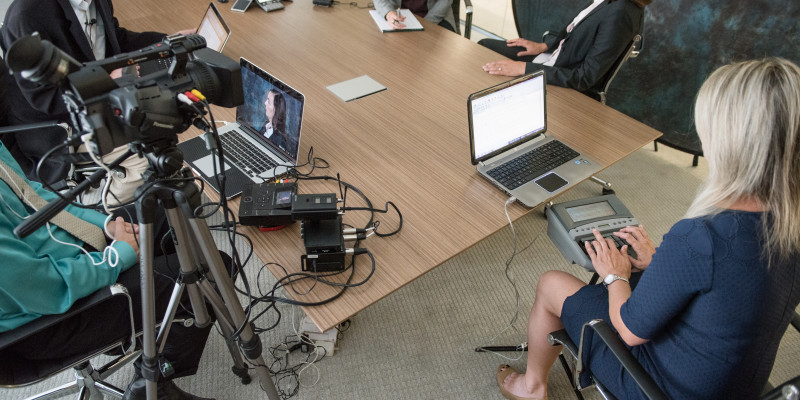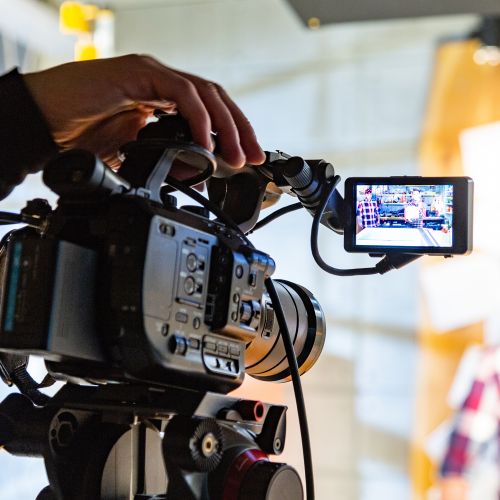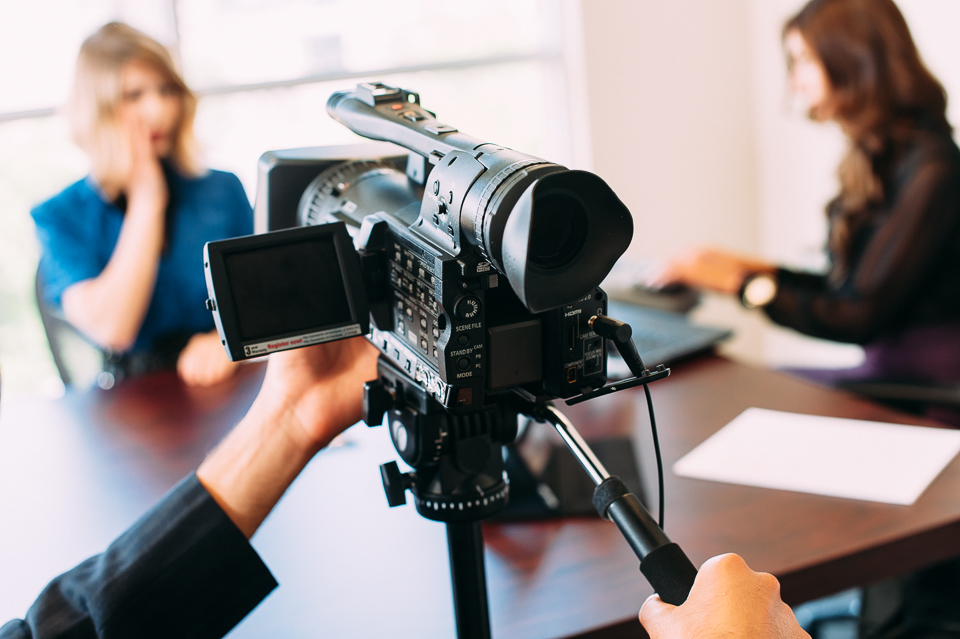How Legal Videography Enhances Courtroom Presentations and Proof
Delving Into the Devices of Lawful Videography: Introduction Its Procedure in Safeguarding Authentic Aesthetic Testament for Judicial Proceedings
In the world of judicial process, the function of lawful videography stands as a keystone in maintaining and offering aesthetic proof. As technology proceeds to advance, the devices behind lawful videography have become significantly detailed, offering an important layer of credibility to testaments recorded on video.
Historical Development of Legal Videography
Analyzing the historical progression of legal videography exposes a significant makeover in the capturing and presentation of visual evidence within the legal landscape. In the past, lawful process heavily depended on created transcripts and photos to record occasions and offer evidence. Nonetheless, with the arrival of video modern technology, the legal market observed a standard change in how visual testament was recorded and offered.
The advancement of lawful videography can be traced back to the late 20th century when developments in video recording equipment made it much more easily accessible for use in courts. This technological advancement not only enhanced the precision and dependability of visual evidence but also revolutionized the way cases were offered to courts and courts (Legal Videography). Lawyers began to acknowledge the convincing power of video clip recordings in communicating feelings, subtleties, and non-verbal cues that created transcripts or pictures alone can not capture properly

Innovation Innovations in Video Documents
What essential technical developments have reinvented video clip documents in the lawful area? The lawful area has seen significant developments in video clip paperwork innovation that have improved the credibility and reliability of aesthetic proof in judicial process. One of the crucial improvements is high-definition (HD) video recording capabilities, which supply crystal-clear photos and sharp information that are crucial for accurately catching statements, facial expressions, and various other aesthetic signs. In addition, the integration of timestamping and metadata features in video documents devices has actually made it possible for exact documents of when and where the video clip was recorded, making sure the integrity of the evidence provided in court.
Moreover, developments in video file encryption and watermarking modern technologies have strengthened the security and tamper-proof nature of video evidence, safeguarding it against unapproved modifications or tampering. The arrival of cloud storage services and remote access capabilities has streamlined the storage space, access, and sharing of video evidence, assisting in seamless partnership among lawful experts and making sure reliable access to crucial visual testimonies when required. These technical innovations in video clip documentation have actually certainly reinvented the lawful area, boosting the precision, reliability, and admissibility of visual proof in judicial process.
Duty of Legal Videographers in Court Room Setups
The advancement of video clip documentation modern technology in the legal area has demanded an essential function for legal videographers in courtroom setups, making certain the stability and dependability of visual statements provided during judicial proceedings. Legal videographers play a fundamental function in catching and protecting precise visual evidence that can be pivotal in lawsuit. Their responsibility expands to establishing tools, taping procedures, and producing high-quality video clips that accurately show the events in the court room.
In courtroom setups, legal videographers should adhere to stringent guidelines and requirements to maintain the credibility of the visual document. They should have an eager eye for information and an extensive understanding of lawful treatments to guarantee that the video footage they catch is a real representation of the events that took place. Furthermore, lawful videographers commonly function closely with lawful teams to make sure that the video clip evidence lines up with the case's demands and can be properly presented in court to sustain the legal disagreements being made. On the whole, the role of legal videographers in court settings is vital in promoting the principles of justice and guaranteeing the openness of legal procedures.

Ensuring Admissibility and Integrity of Video Clip Evidence
To preserve the reputation of visual proof presented in legal procedures, ensuring the admissibility and integrity of video clip proof is a vital duty for lawful videographers. Admissibility refers to the you could try these out acceptance of proof by the court, and for video clip proof to be permissible, it must satisfy certain requirements. Legal videographers play a critical duty in making sure that the videos they capture conform with the policies of proof, such as relevance, credibility, and integrity.
Integrity of video clip proof entails keeping the creativity and precision of the footage from the time it is recorded till it exists in court. This consists of securely keeping the video files, recording the chain of protection, and protecting against any kind of meddling or modifications. Legal videographers have to follow stringent protocols to assure the honesty of the video clip proof and protect against any type of difficulties to its authenticity.
Future Trends in Legal Videography
Given the enhancing reliance on modern technology in lawful procedures, legal videographers are poised to welcome ingenious developments shaping the future of aesthetic testament capture and discussion. One of the prominent fads imminent is the assimilation of digital truth (VR) and boosted reality (AR) modern technologies into legal videography. These technologies have the potential to reinvent exactly how visual proof is presented in court rooms, enabling courts and judges to submerse themselves in the scene of the criminal offense or occurrence.
In addition, the usage of artificial intelligence (AI) algorithms for video evaluation is anticipated to simplify the process of reviewing and analyzing big amounts blog here of video footage. AI can aid in determining key minutes, anomalies, and patterns within video clips, boosting the efficiency of lawful investigations.

Verdict
In final thought, lawful videography has actually played an important role in supplying authentic aesthetic evidence for judicial process. Through technical advancements and the expertise of legal videographers, the honesty and admissibility of video proof are ensured in court navigate to these guys settings. As lawful videography remains to progress, it will certainly be vital to copyright standards that maintain the accuracy and integrity of visual statement for the future of lawful proceedings.
Examining the historical progression of lawful videography reveals a considerable makeover in the catching and discussion of visual evidence within the legal landscape.The advancement of video documents technology in the legal area has actually demanded a critical function for legal videographers in court setups, ensuring the honesty and reliability of visual testimonies presented throughout judicial process. Additionally, legal videographers usually work very closely with lawful groups to guarantee that the video clip evidence aligns with the situation's requirements and can be efficiently offered in court to sustain the lawful arguments being made.To preserve the trustworthiness of visual evidence presented in lawful procedures, ensuring the admissibility and honesty of video clip proof is a critical obligation for legal videographers. As legal videography continues to evolve, it will be essential to copyright requirements that maintain the accuracy and integrity of aesthetic testament for the future of legal process.